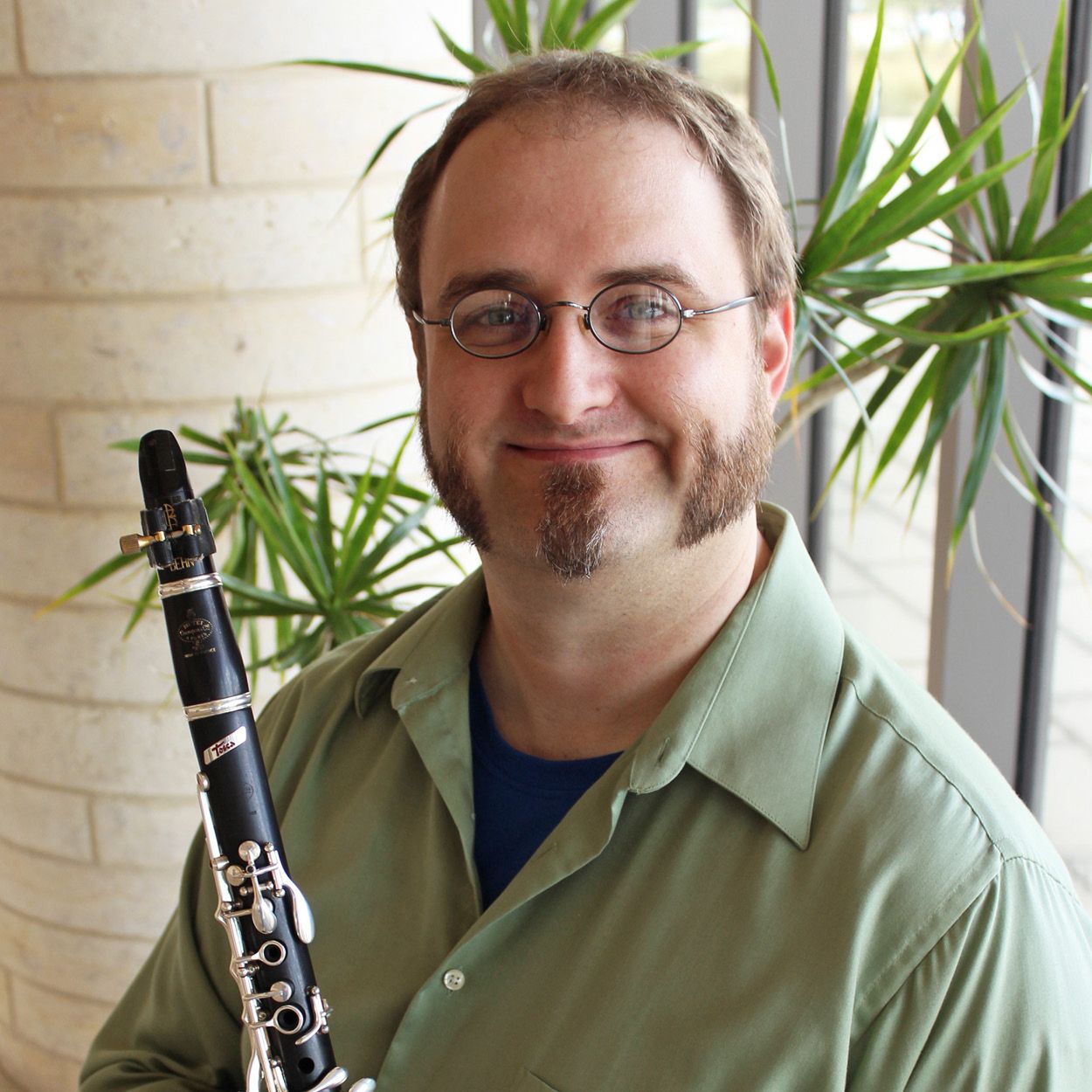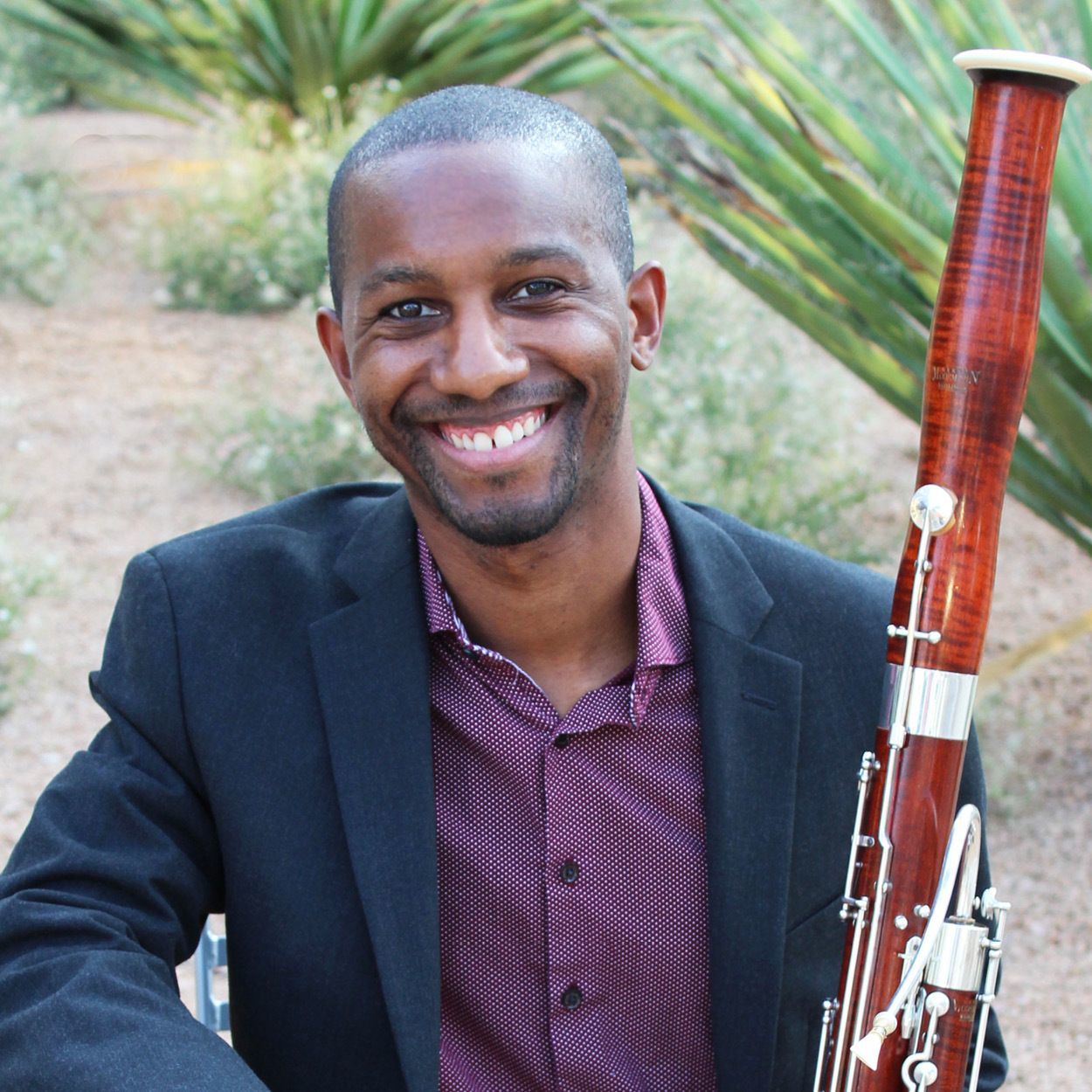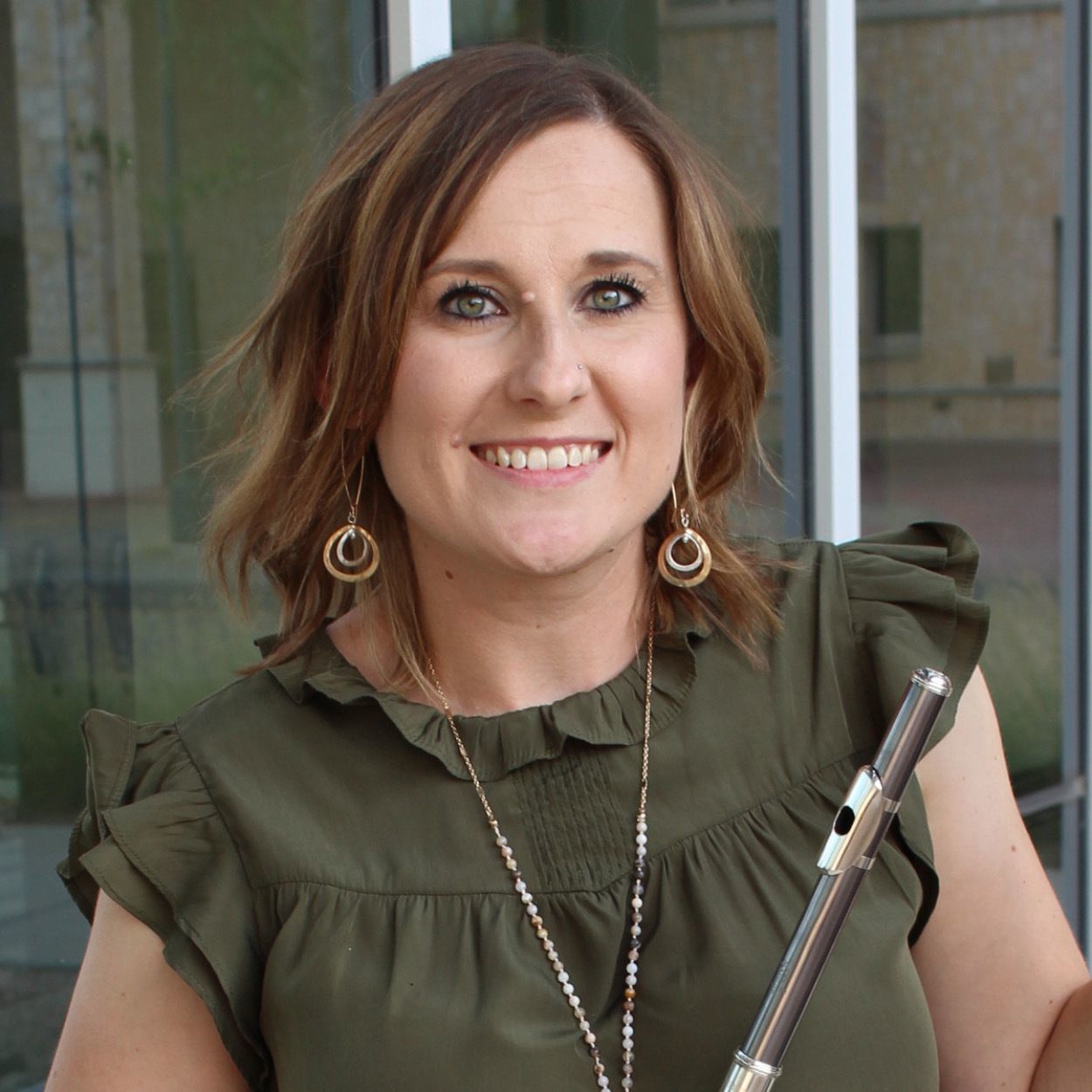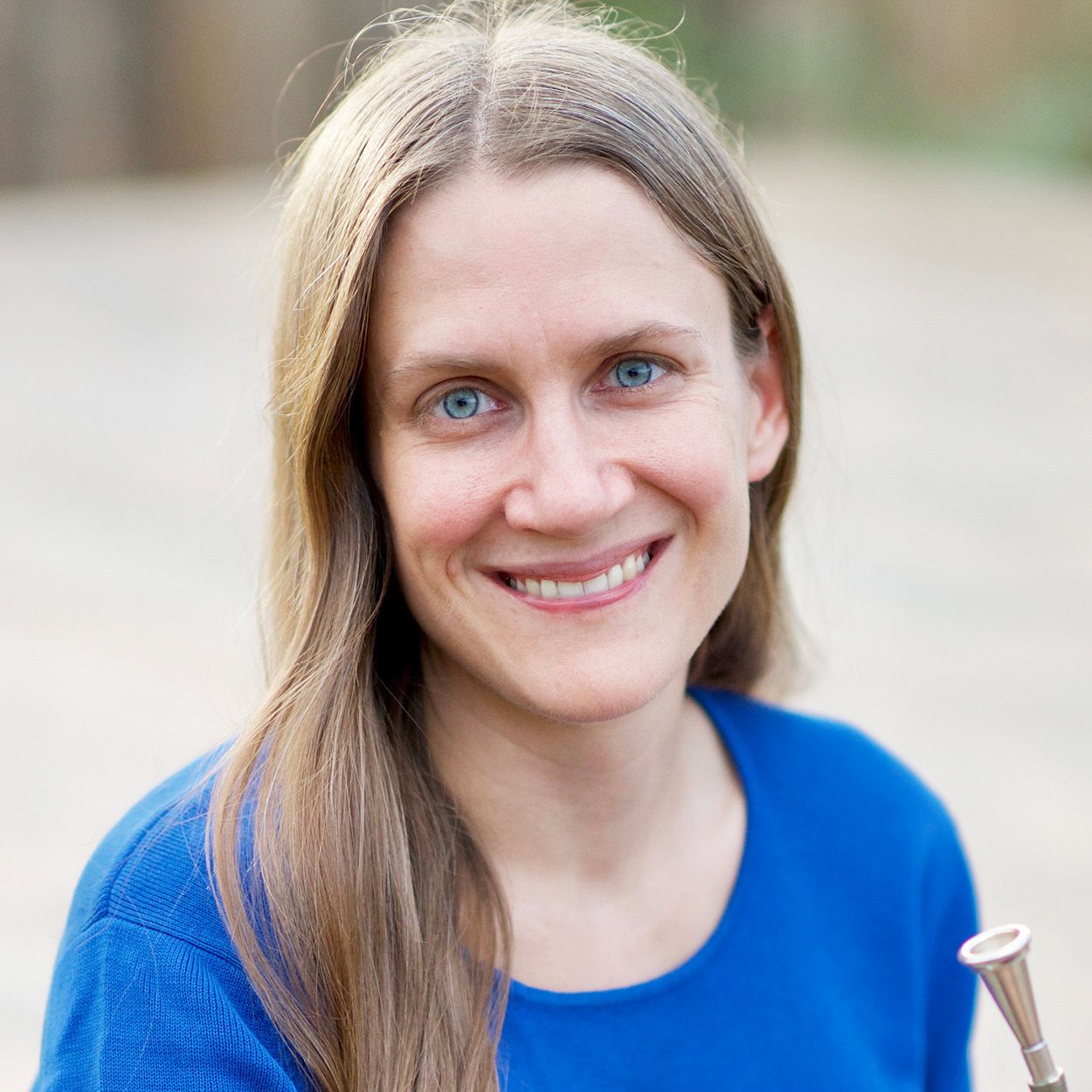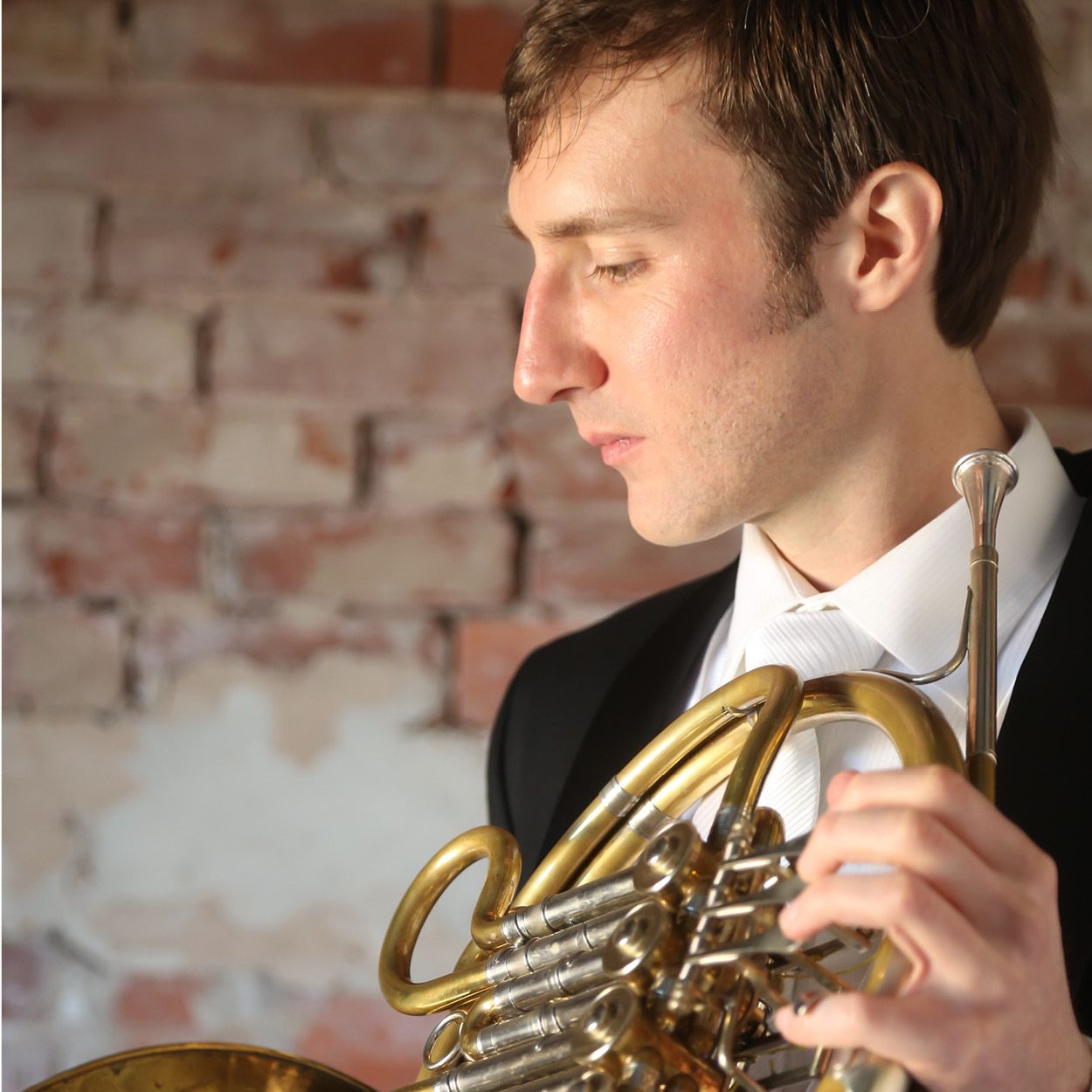WEST TEXAS WINDS
Peter Schickele “A Year in the Catskills”
Saturday, October 19, 2024 | 5:00PM
Rea-Greathouse Recital Hall @ Wagner Noël PAC
Concerto No. 2 After Vivaldi, BWV 593
Johann Sebastian Bach (1685-1750)
Arr. Mordechai Rechtman
Allegro Moderato
Adagio
Allegro
Johann Sebastian Bach (1685-1750) is a composer who needs no introduction, and there is no end to his legacy throughout all time and all musical genres. His contributions are marked by defying the rules of musical composition by using melodic and harmonic intervals that were not allowed, and even seen as demonic at the time. The boldness to use these intervals in the 17th and 18th century was the catalyst for more exotic counterpoint and harmonic progression in western music.
The original piece from which the programmed work is derived, Concerto for Two Violins in A Minor, RV522, was written by another prolific composer of the Baroque Era, Antonio Vivaldi. Bach used the same musical material and rewrote the piece as an organ concerto – Concerto in A Minor, BWV 593 – with some melodic additions and amendments. Mordecai Rechtman then transcribed the organ concerto for woodwind quintet. This evolution of musical works and publications is the reason why the title is complicated compared to other works for solo and chamber woodwinds.
Mordecai Rechtman (1926-2023) was primarily known as an Israeli bassoonist and conductor. He held a 45-year tenure with the Israel Philharmonic Orchestra as Principal Bassoon, and founded the Israel Woodwind Quintet in 1963. He was also an academic educator and arranger, conducting many notable orchestral and wind ensembles in Israel, North America, Australia, and Europe. His other arrangements and transcriptions include works for solo wind instruments and large wind ensembles.
Rechtman’s arrangement of Concerto No. 2 After Vivaldi by J.S. Bach is indeed more similar to Bach’s imitation than the original Concerto for Two Violins. The biggest difference is that the third movement has a few added flurries of sixteenth notes in the transition to developmental music, while the original concerto simply includes chords from the accompaniment on strong beats, usually 1 and 3. Otherwise, each of the three movements includes the quintessential progression through any three-movement work by Vivaldi: an overture-like first movement in four that can easily slip into a floating cut-time feel; a slow second movement with repeated, hypnotic accompanying rhythms underneath a somber, stoic melody; and a busy, busy dance in three for the final movement, which caffeinates the listener for their next obligation of the day. One feature in the first movement that is more common in Bach’s music than in Vivaldi’s is the use of melodies that begin or end in the middle of the measure and therefore do not span a whole number of measures. An example would be a melody that lasts three and a half measures instead of an even three or four. Common among both these composers and the Baroque era as a whole are the elisions that occur in the first movement; that is, the next melody begins immediately on the cadence (ending) of the current melody. This combination of elisions and melodies that don't last through a full measure are what make it so convenient to begin a new melody in the middle of a measure. This arrangement for winds is a fitting variant of Bach’s version for organ—which is itself a wind instrument of sorts—while also recalling Vivaldi’s various concerti.
Woodwind Quintet, Op. 28
Heinrich Kaspar Schmid (1874-1953)
I. Allegro
II. Grazioso amabile
III. Moderato
Heinrich Kaspar Schmid (1874-1953) was a German composer of the late Romantic period, who also composed innovatively in the 20th century contemporary style. Schmid developed his musical talents early on by singing in the boys’ choir at the Regensburg Cathedral for several years. As a boy, he studied music with his father, a schoolteacher and choral conductor. Schmid later attended the Munich Akademie der Tonkunst (Academy of Musical Arts), where he studied composition under Ludwig Thuille. In 1905, he was appointed as a teacher at the Munich Academy and became a full professor in 1919. In 1921, Schmid took on the role of director at the Karlsruhe Conservatory, director of the Augsburg School in 1924, and retired in 1932.
Predominantly influenced by the composers of the late Romantic period, Schmid’s Woodwind Quintet, Op. 28 is a notable chamber work that showcases the unique colors and timbres of each instrument. The music presents rich harmonic language with moments of clever interplay between solo lines. With each movement contrasting in tempo and character, the work exemplifies Schmid’s ability to blend more traditional Romantic elements with modern compositional techniques, making it a significant contribution to the woodwind quintet repertoire. In addition to this quintet, Schmid’s works include colorful and expressive chamber music for flute, clarinet, viola and piano. The Woodwind Quintet, Op. 28 is dedicated to Adolf Martini, a close friend of the composer.
A Year in the Catskills
Peter Schickele (1935-2024)
I. Spring: Fantasy
II. Summer: Imitations
III. Fall: Variations
IV. Winter: Lament
V. Finale
Contemporary composer Peter Schickele (1935-2024) wrote music for orchestra, wind-band, chorus, chamber ensembles, musicals, film, and television. His musical style is similar to much of western classical art-music, yet with a clear American flavor. Also known for composing under the alias P.D.Q. Bach, Schickele entertained audiences for decades with musical parodies and comedic performances. In the early 1990s, he was awarded the Grammy award for Best Comedic Album for four consecutive years.
A Year in the Catskills is a five-movement woodwind quintet inspired by the moods of the four seasons in New York State’s lush central region. The first movement, “Spring: Fantasy,” centers around a pastoral theme, cheerful and flowing- yet in an irregular meter. This is interrupted twice: first by the horn with an impassioned, dramatic solo accompanied by an ostinato figure, and later by the oboe introducing a swirling gigue-theme which the other voices join. This dissipates into a free-floating cantabile theme over repeated sixteenth-notes, reminiscent of David Maslanka's quintet writing, before the comfort and ease of the opening pastorale return.
“Summer: Imitations” paints a clean slate for the listener, with a faintly melancholy theme in close-set canons, surrounding a clarinet solo with sparse accompaniment in the middle. Palate cleansed, we move on to autumn.
Schickele gives us a minuet-scherzo in “Fall: Variations,” lending the piece a classical symphonic feel by its inclusion as the third movement. An easygoing, lilting theme is treated in several continuous variations- and though the meter and the placement of a scherzo within the larger work are quite traditional, the shifting styles of the variations are inventive and never predictable.
Stillness, peace, and quiet return for “Winter: Lament.” The movement features a quietly expressive theme over softly pulsing, sustained chords. The clarinet steps in with a short solo melody consisting of broad leaps, yet still written to fit within Schickele's chosen aesthetic for the movement. The other instruments rejoin, and the quiet stasis of the opening material returns to close out the piece.
The “Finale” movement opens with a driving and boisterous solo for the horn that suddenly explodes into a flurry of activity for the upper woodwinds. The style is reminiscent of hoe-down fiddling, Irish reels, and whirling jazz improvisation all at once. Indeed this gives way to extroverted, rhapsodic solos for the upper woodwinds, very like improvised jazz solo work, but carefully composed and notated for the performers. This becomes clear when the solo material returns to be played simultaneously for a joyous, rollicking finish.
PROUDLY SPONSORED BY:
Ann Parish & Betty Ann Prentice
FRIENDS OF WEST TEXAS WINDS:
William Christopher Brown
Maridell Fryar
Ann & Ken Hankins, Jr.
Ann Parish
Betty Ann Prentice
Rachel & Ethan Wills


